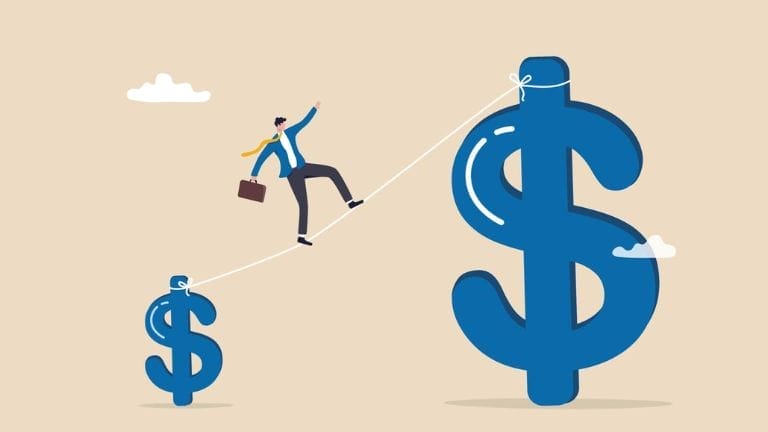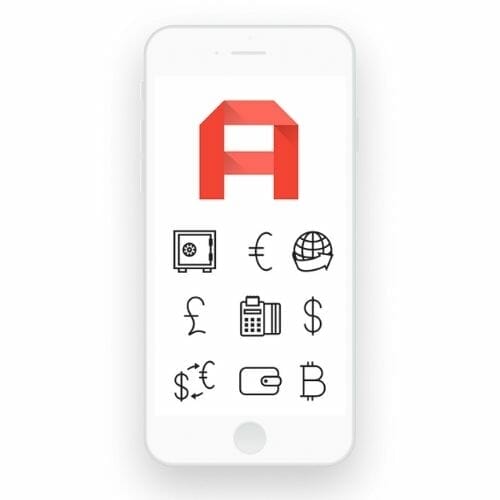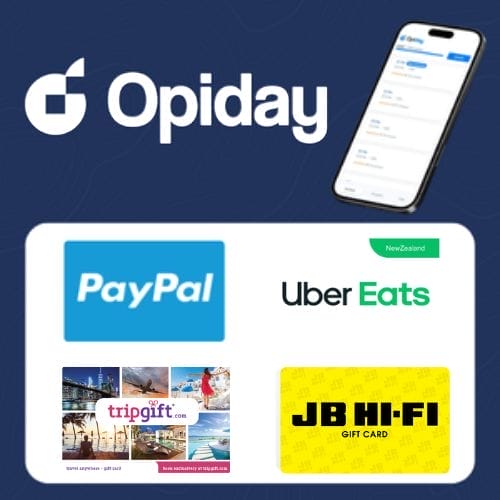Online earnings platforms thrive on user engagement, and reward tiers are the backbone of this strategy. They create a structured path for users to unlock greater benefits while encouraging consistent participation. Whether you’re playing at Win Spirit casino or engaging with loyalty programs, tiered rewards transform casual users into dedicated earners.
The Psychology Behind Tiered Reward Systems
Tiers of rewards go back to fundamental human incentive, development and accomplishment. The user is also motivated to advance to the next level having known there are better rewards in that stage. This aspect of gamification sustains their interest in the platform, which increases the income of the platforms. Research indicates that tiered systems raise retention by as many as 35 percent over flat rewards.
Key Facts: How Reward Tiers Drive Profits
Tiered rewards aren’t just flashy gimmicks; they’re backed by hard data. Businesses using multi-level incentives see measurable spikes in user activity and spending. Here’s why they work:
- 78% of consumers spend more to reach higher reward tiers (McKinsey, 2023)
- Platforms with tiered systems retain 42% more users after 6 months (Forrester, 2024)
- The average user completes 3.2x more actions when chasing tier upgrades (Nielsen, 2022)
- 61% of millennials abandon platforms lacking progressive rewards (Deloitte, 2023)
- High-tier members generate 55% of total platform revenue (Bain & Company, 2024)
How Top Platforms Design Winning Tier Structures
The most effective programs use clear, achievable milestones. Amazon Prime’s tiered shipping benefits increased repeat purchases by 29%. Streaming services like Netflix leverage exclusive content tiers to reduce churn. The secret? Balancing attainable early rewards with aspirational high-tier perks.
Avoiding Common Pitfalls in Reward Tier Setup
Weakly organized levels may turn against themselves. The excessive complexity of systems causes anger 63% of the respondents quit programs with unclear requirements (EY, 2023). Its sweet spot is at 3-5 different tiers, each of which has a real value. It is also important that the tier resets are time-limited (e.g. quarterly or annually) so that they do not induce user fatigue but also allow a sense of urgency.
The levels of rewards convert intermittent engagement to repeated involvement. Users will be willing to come back and spend more as soon as they can identify tangible rewards of their loyalty. The statistics show that it is not an option to properly organize incentives in order to maximize online profits, but a necessity.





